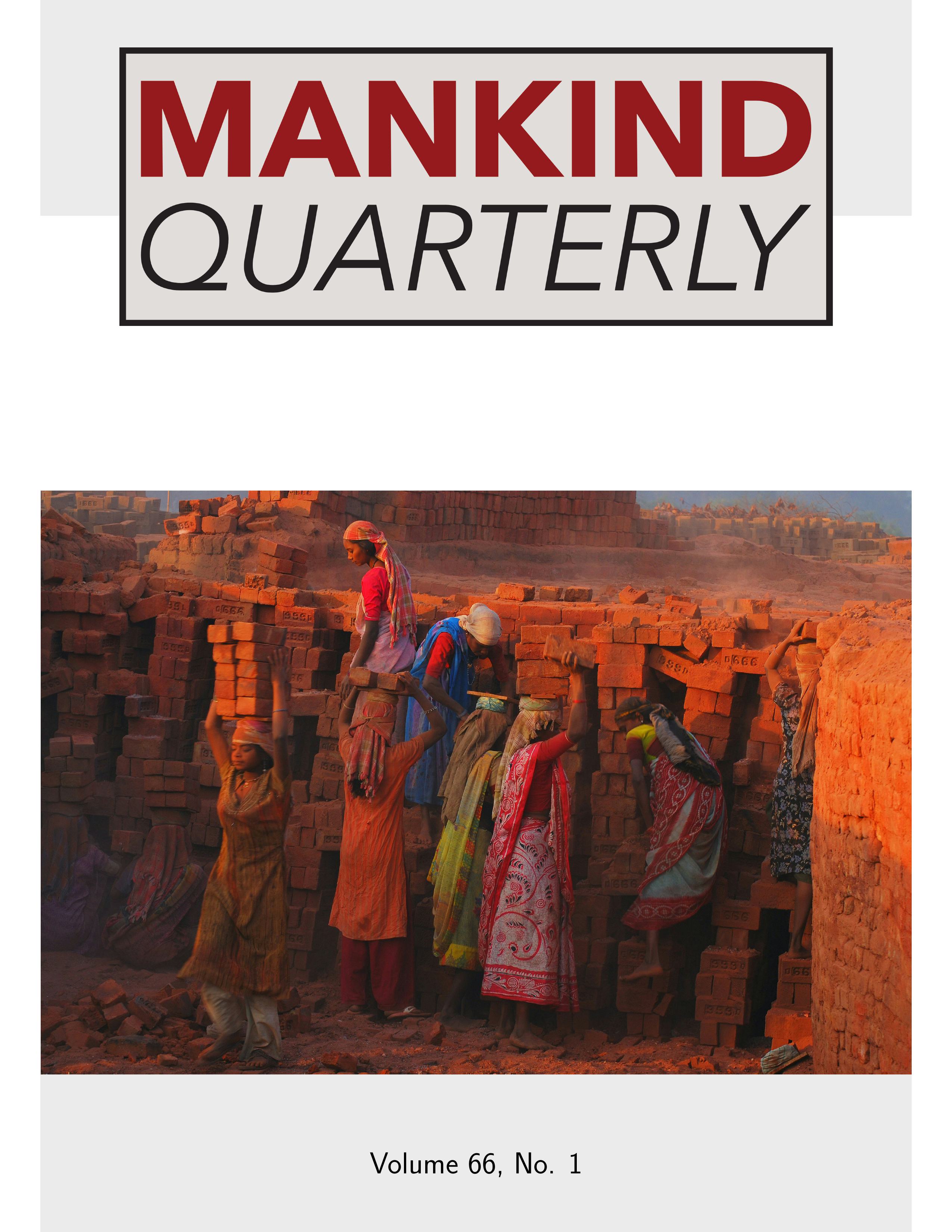Home > Archive > Volume 59, No. 1 > This paper
Tumpline Deformation on Skulls from Late Bronze and Early Iron Age Armenia: A Cause of Enigmatic Cranial Superstructures?
Anahyit Yu. Khudaverdyan
Published: 2018/09/01
Abstract
Unintentional cranial modification derived from archaeological or ethnographic contexts has been extensively documented across the globe. We report tumpline deformations (post-coronal depression) from seven sites dated to the Bronze Age and Early Iron Age of Armenia. This study focuses on the gross anatomy and anatomic relations and meaning of two enigmatic, geographically-patterned, quasi-continuous superstructures of the posterior cranium. Collectively known as occipital superstructures (OSS), these traits are the occipital torus tubercle (TOT) and retromastoid process (PR). In 39 individuals with inadvertent tumpline deformation (post-coronal depression), OSS are present. It is proposed that these are genetically underpinned but triggered by chronic activities related to long-term, strenuous, repetitive muscle use, probably starting at a young age. Co-variation of OSS expression and tumpline deformation is consistent with induction by upper body activity being a proximate cause of these superstructures in genetically predisposed individuals. Although tumpline deformations are expressed more strongly in females, we found that males in Bronze Age and Iron Age groups had more robust muscle markings on the skulls.
Download PDF
